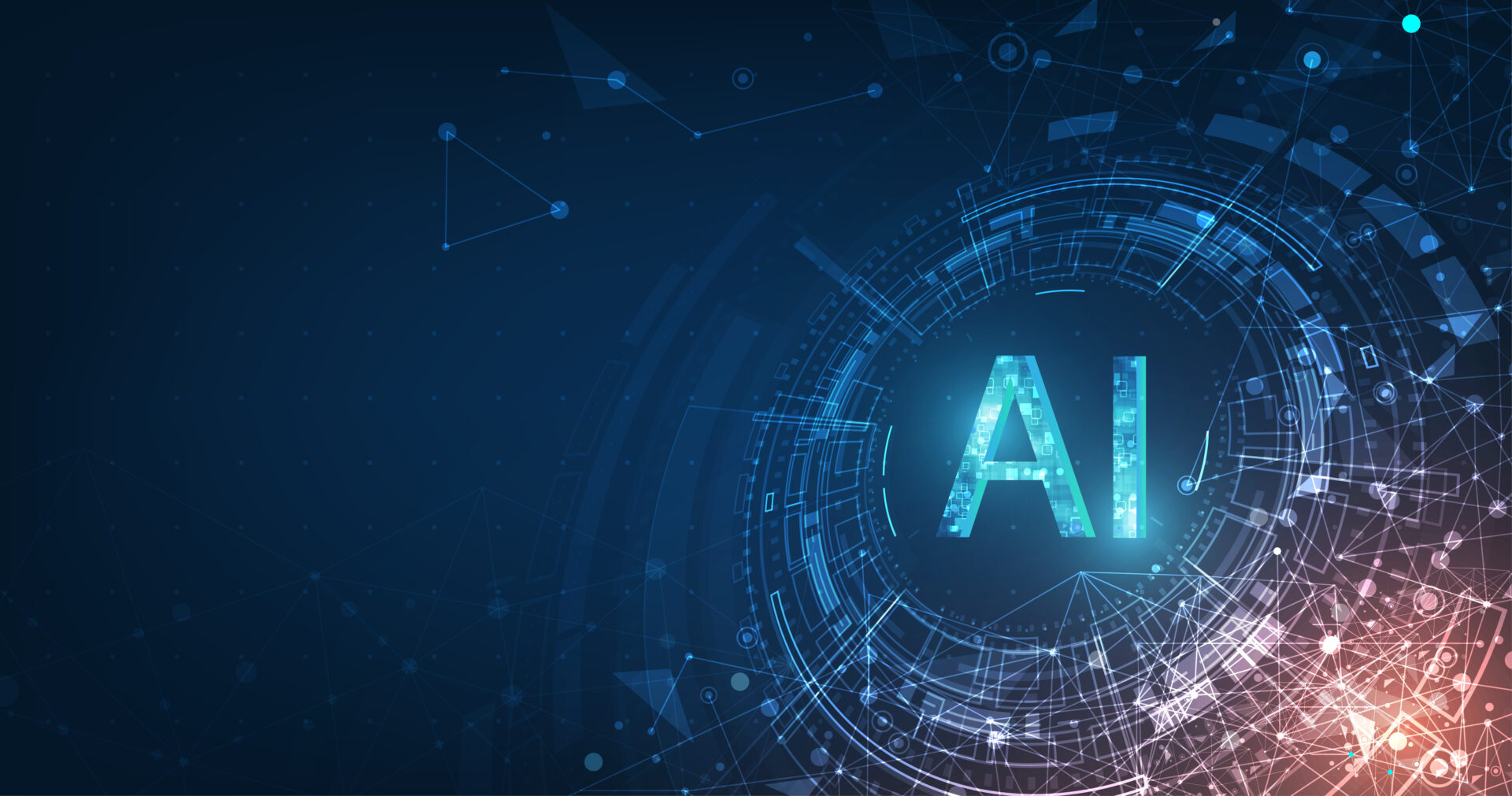Artificial intelligence is driving significant improvements in productivity, wage growth and job creation, even in occupations previously seen as highly automatable, according to PwC’s 2025 Global AI Jobs Barometer, published today. The report draws on an analysis of nearly 1bn job adverts from across six continents.
Since the emergence of generative AI in 2022, productivity growth in industries most exposed to AI – such as financial services and software publishing – has nearly quadrupled, rising from 7% (2018–2022) to 27% (2018–2024). Over the same period, industries with the least exposure to AI saw productivity growth decline slightly from 10% to 9%.
PwC’s data shows these AI-exposed sectors are now experiencing revenue per employee growth at three times the rate of those less exposed.
Carol Stubbings, global chief commercial officer at PwC, said: “This research shows that the power of AI to deliver for businesses is already being realised. And we are only at the start of the transition. As we roll out Agentic AI at enterprise scale, we are seeing that the right combination of technology and culture can create dramatic new opportunities to reimagine how organisations work and create value.”
Despite concerns over job losses, the report finds job numbers are growing in nearly every AI-exposed occupation, including those with tasks that could be automated. Between 2019 and 2024, job growth in low-AI-exposure occupations reached 65%, but even in higher-exposure roles, it remained robust at 38%. Jobs where AI augments human tasks are growing faster than those where AI replaces them.
Industries more exposed to AI are also seeing wages rise twice as fast as in other sectors. Roles requiring AI skills now offer a 56% wage premium over similar jobs without those skills – up from 25% a year ago – and postings for these roles are growing, even as overall job postings decline.
Joe Atkinson, global chief AI officer at PwC, said: “In contrast to worries that AI could cause sharp reductions in the number of jobs available – this year’s findings show jobs are growing in virtually every type of AI-exposed occupation, including highly automatable ones. AI is amplifying and democratising expertise, enabling employees to multiply their impact and focus on higher-level responsibilities.”
However, the report warns that businesses and workers must keep pace with the accelerating shift in required skills. The skills demanded by employers are changing 66% faster in AI-exposed occupations than they were a year ago. Simultaneously, the value placed on formal degrees is falling, particularly in jobs augmented or automated by AI.
AI’s impact is also gendered. In every country studied, more women than men are in AI-exposed roles, suggesting that the pressure to adapt will disproportionately affect female workers.
Pete Brown, global workforce leader at PwC, said: “AI’s rapid advance is not just re-shaping industries, but fundamentally altering the workforce and the skills required. This is not a situation that employers can easily buy their way out of. Even if they can pay the premium required to attract talent with AI skills, those skills can quickly become out of date without investment in the systems to help the workforce learn.”
PwC’s report concludes that businesses must act decisively to realise AI’s benefits, calling for organisations to treat AI as a driver of growth, prioritise enterprise-wide transformation and invest in skills and trust to unlock long-term value.

















